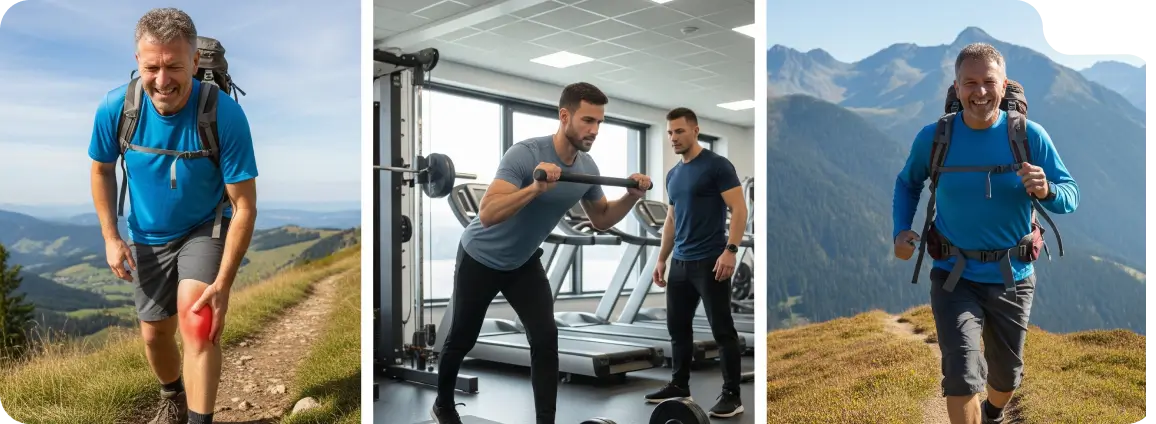Get back on the trail
Hiking is a highly physical sport that commonly results in injuries due to poor load management, muddy and wet trails, and inadequate preparation for the hike. Our team can help you get back on the trail with a thorough injury management and therapy plan.
For decades, we’ve worked with many hikers in Victoria, from Melbourne’s weekend warrior hikers to park and trail runners and 100+ km multi-day hikers. Whether you’re a professional sports athlete or a casual weekend hiker, our team offers a personalised rehabilitation and strengthening plan tailored to your goal.










